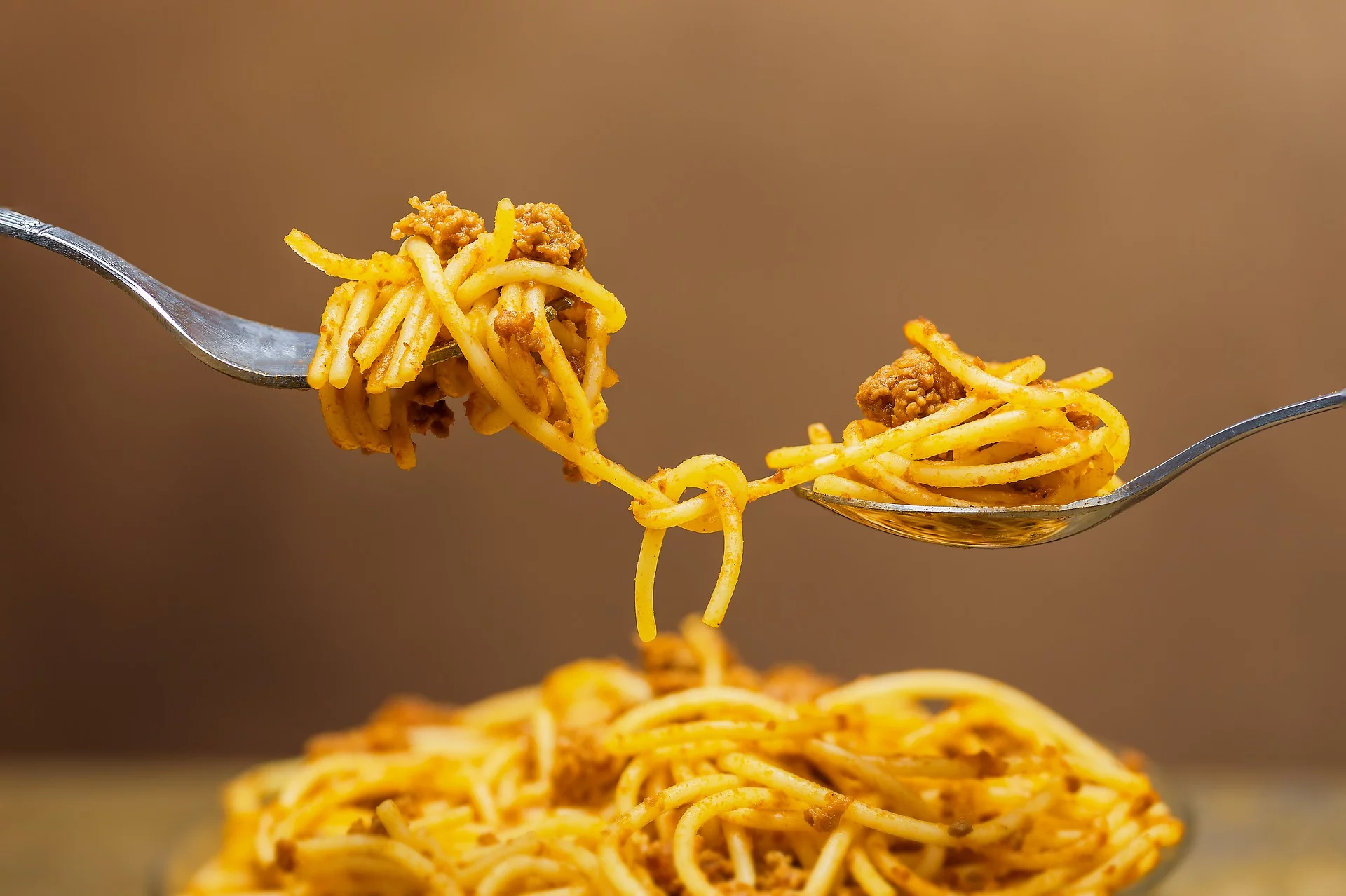When visiting a Japanese restaurant, you may have seen noodle soups on the menu with the option of udon or soba noodles. What’s the difference? While both udon and soba noodles — and even ramen — are often used interchangeably, there are actually quite a few differences between all three.
Table of Contents
Udon Noodles
Soba Noodles
Ramen Noodles
Easy Tamari Soy Sauce Recipes for Your Favorite Japanese Noodles
Find More Healthy Recipes You Can Make With Soy Sauce
Udon Noodles
Udon noodles are made by combining salt, water and wheat flour. These white Japanese noodles are sold frozen, fresh or dried.
While shelf-stable udon noodles are a convenient option, frozen or fresh varieties have an exceptionally thick, chewy texture. Make sure to jump on the opportunity to buy them when possible!
What Kind of Dishes Are They Used For?
Udon noodles are known for their pleasant, mild flavor, and they are usually served in a noodle soup in a light broth. They can also be served cold with a dipping sauce or made into a mouthwatering noodle stir-fry.
Cooking Recommendations for Udon Noodles
Recipes that call for udon noodles — such as this delicious Japanese Noodle Soup recipe — usually outline the best cooking recommendations.
Here’s how to cook both fresh and dried udon noodles so that they retain their thick, bouncy, irresistible texture:
- Bring noodles to a boil in well-salted water until just tender — about eight minutes for dried, three minutes for fresh.
- Drain noodles and rinse them briefly under cold water before using them in a soup or another dish. This helps remove some of the surface starch and prevents the noodles from sticking together.
Soba Noodles
Soba noodles are made from buckwheat and are known for their robust and nutty flavor.
While some buckwheat noodles also have some wheat flour in them, you can find pure buckwheat soba noodles that are gluten-free, stronger in flavor and undeniably delicious.
Dried soba noodles closely resemble flat spaghetti and are usually dark brown to light beige in color.
What Kind of Dishes Are They Used For?
You can use soba noodles in salads, tamarind tofu dishes and soups. You might also try tossing them in with toasted sesame seed sauce and crunchy vegetables for a delectable treat.
Cooking Recommendations for Soba Noodles
Looking to make the perfect soba noodles? Try the following:
- Bring a pot of lightly salted water to a boil.
- Fill a large bowl with ice water and set aside.
- Boil the soba noodles for three minutes or until tender.
- Drain noodles in a colander and set the strainer in ice water.
- Toss the noodles to cool and drain.
- Shake out excess water and transfer noodles to a bowl.
Ramen Noodles
Ramen noodles are made from water, salt, various vegetable oils, flavorings and wheat flour.
Ramen noodles can be straight, curly, hard, soft, thin, thick, flat or round. Toppings commonly include vegetables, meats, oils, seasonings, sauces and dairy. Many ramen dishes are flavored with either soy sauce or miso. Two delicious ramen noodle recipes to try are Plant Based Miso Ramen Bolognese and authentic Japenese Hiyashi Chuka.
What Kind of Dishes Are They Used For?
Known around the world as noodles served with vegetables and meat in a hearty broth, ramen is a popular choice for anyone who can get their hands on the dish.
Cooking Recommendations for Ramen Noodles
Before you start cooking, make sure you have a pot big enough to hold 10 times the weight of the noodles you’re about to boil.
To cook ramen noodles well, the cooking water temperature needs to be at boiling.
Cooking ramen for exactly two minutes is the standard for firm noodles. However, cooking them for just 30 seconds more will give you a softer noodle. For hot soup noodles, ramen noodles need to be boiled a bit longer.
Differences Between Other Types of Noodles
Other types of noodles such as chow mein and lo mein have differences as well. These types of noodles vary in texture, taste, and the dishes they are primarily in.
Easy Tamari Soy Sauce Recipes for Your Favorite Japanese Noodles
At SAN-J, we want you to dress your noodles with sauce varieties that only add to their flavor. Check out our SAN-J Tamari Soy Sauce featured recipes for delectable ways to dress your noodles and vegetables. Our soy sauce is certified vegan and contains zero by-products or animal products.
Find More Healthy Recipes You Can Make With Soy Sauce
Browse our recipe page for more delicious, easy-to-make, healthy recipes with soy sauce you can make at home. You can also find more tips and tricks for cooking on our blog.
Back to Top

